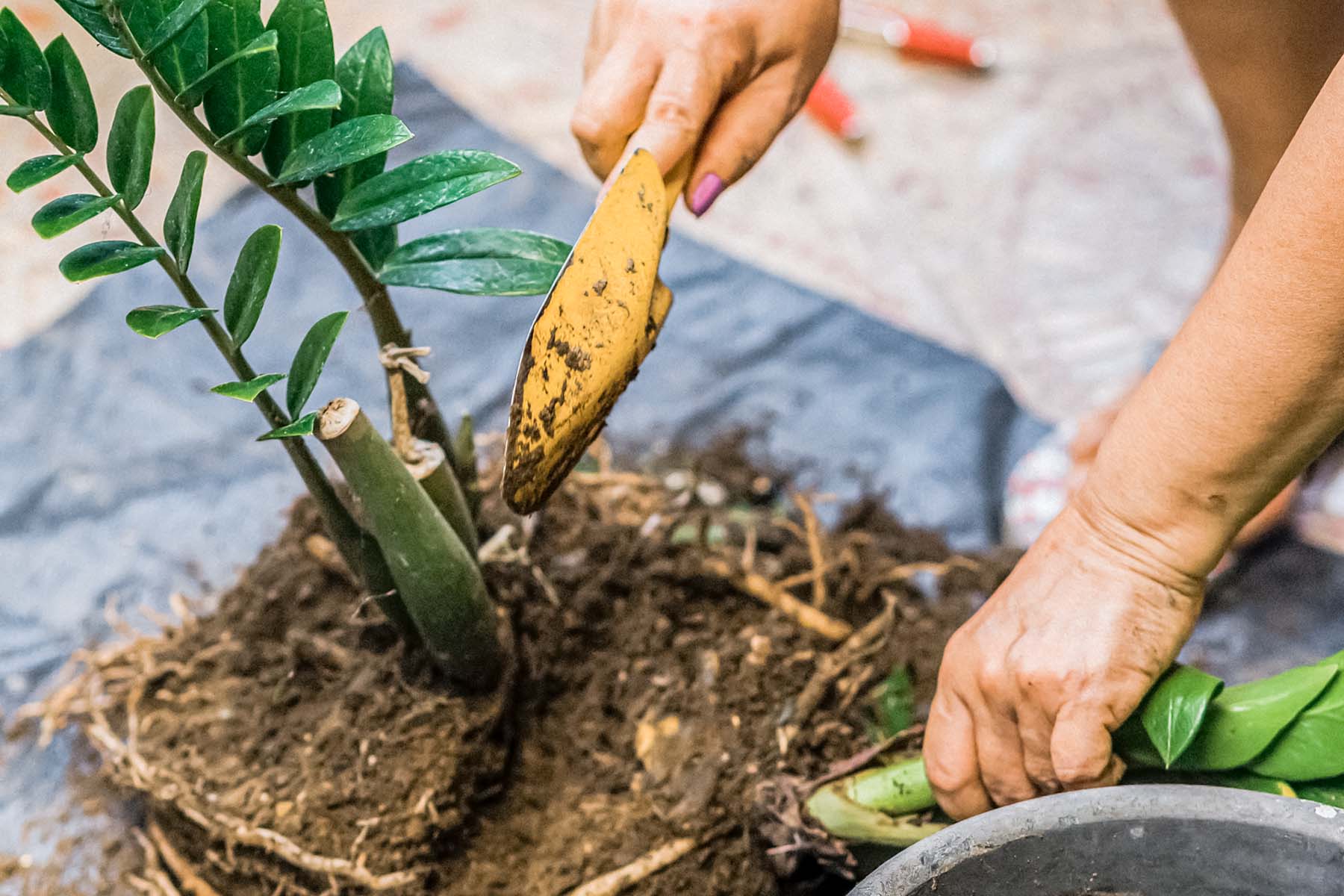
Propagation is a fascinating process that allows plants to reproduce and spread. But what exactly is it? Propagation is the method of creating new plants from various sources like seeds, cuttings, or other plant parts. This technique is essential for gardeners, farmers, and anyone interested in growing plants. It helps in preserving plant varieties, increasing plant numbers, and even saving endangered species. There are different types of propagation, including sexual and asexual methods. Sexual propagation involves seeds, while asexual propagation uses parts of the parent plant. Each method has its own benefits and challenges. Ready to learn more? Let's dive into 31 intriguing facts about propagation that will help you understand this vital process better!
What is Propagation?
Propagation is the process of growing new plants from a variety of sources: seeds, cuttings, bulbs, and other plant parts. This method is essential for gardeners and farmers to multiply their plants and ensure a continuous supply of crops and flowers.
- Propagation can be sexual or asexual. Sexual propagation involves seeds, while asexual propagation uses parts of the plant like stems or leaves.
- Asexual propagation produces clones of the parent plant, ensuring the new plants have the same characteristics.
- Sexual propagation introduces genetic variation, which can lead to plants with new traits.
Methods of Propagation
Different methods suit different plants and purposes. Understanding these methods helps in choosing the right one for your gardening needs.
- Seed propagation is the most common method and involves planting seeds to grow new plants.
- Cuttings involve taking a part of the plant, such as a stem or leaf, and planting it to grow a new plant.
- Layering involves bending a branch to the ground and covering it with soil until roots develop.
- Division involves splitting a plant into multiple parts, each with roots and shoots, and planting them separately.
- Grafting involves joining two plants together so they grow as one.
- Tissue culture is a laboratory method where plant cells are grown in a nutrient medium to produce new plants.
Benefits of Propagation
Propagation offers numerous benefits, making it a valuable technique for gardeners and farmers alike.
- Cost-effective: Propagation allows gardeners to grow many plants from a single parent plant, saving money.
- Preservation: Helps preserve rare or endangered plant species by multiplying them.
- Disease resistance: Asexual propagation can produce plants resistant to specific diseases.
- Customization: Grafting allows for the combination of desirable traits from two different plants.
- Rapid multiplication: Tissue culture can produce a large number of plants in a short time.
Challenges in Propagation
While propagation has many benefits, it also comes with challenges that need to be addressed for successful plant growth.
- Disease transmission: Asexual propagation can spread diseases from the parent plant to the new plants.
- Environmental conditions: Proper temperature, humidity, and light are crucial for successful propagation.
- Skill level: Some methods, like grafting and tissue culture, require specialized knowledge and skills.
- Time-consuming: Some propagation methods, like seed propagation, can take a long time to produce mature plants.
- Resource-intensive: Tissue culture requires a laboratory setup and specific nutrients, making it resource-intensive.
Interesting Facts About Propagation
Propagation has some fascinating aspects that highlight the wonders of plant growth and reproduction.
- Oldest method: Seed propagation is one of the oldest methods of plant reproduction, dating back to ancient agriculture.
- Natural layering: Some plants, like strawberries, naturally propagate through layering by sending out runners.
- Grafting history: Grafting has been practiced for thousands of years, with evidence from ancient China and Greece.
- Clonal forests: Some forests, like the Pando aspen grove in Utah, are made up of clones from a single parent tree.
- Micropropagation: Tissue culture, also known as micropropagation, can produce virus-free plants.
- Hybrid vigor: Sexual propagation can result in hybrid vigor, where offspring are stronger and more resilient than parent plants.
- Air layering: Air layering is a method where a branch is wrapped in moist material to encourage root growth before being cut and planted.
- Propagation by leaves: Some plants, like African violets, can be propagated from a single leaf.
- Bulb propagation: Bulbs, like those of tulips and daffodils, can be divided to produce new plants.
- Root cuttings: Plants like horseradish can be propagated from root cuttings.
- Propagation by spores: Ferns and mosses propagate through spores instead of seeds.
- Adventitious roots: Some plants can develop roots from non-root tissues, aiding in propagation.
The Final Word on Propagation
Propagation is a fascinating process that lets you grow new plants from existing ones. Whether you're using cuttings, seeds, or grafting, each method has its own unique benefits. Understanding the basics can help you become a more successful gardener. Remember, patience is key. Not every attempt will be successful, but with practice, you'll get better.
Propagation isn't just for experts. Anyone can try it with a little knowledge and some basic tools. Plus, it's a great way to save money and share plants with friends. So, next time you see a plant you love, think about how you might propagate it. Who knows? You might just create the next beautiful addition to your garden. Happy gardening!
Was this page helpful?
Our commitment to delivering trustworthy and engaging content is at the heart of what we do. Each fact on our site is contributed by real users like you, bringing a wealth of diverse insights and information. To ensure the highest standards of accuracy and reliability, our dedicated editors meticulously review each submission. This process guarantees that the facts we share are not only fascinating but also credible. Trust in our commitment to quality and authenticity as you explore and learn with us.
